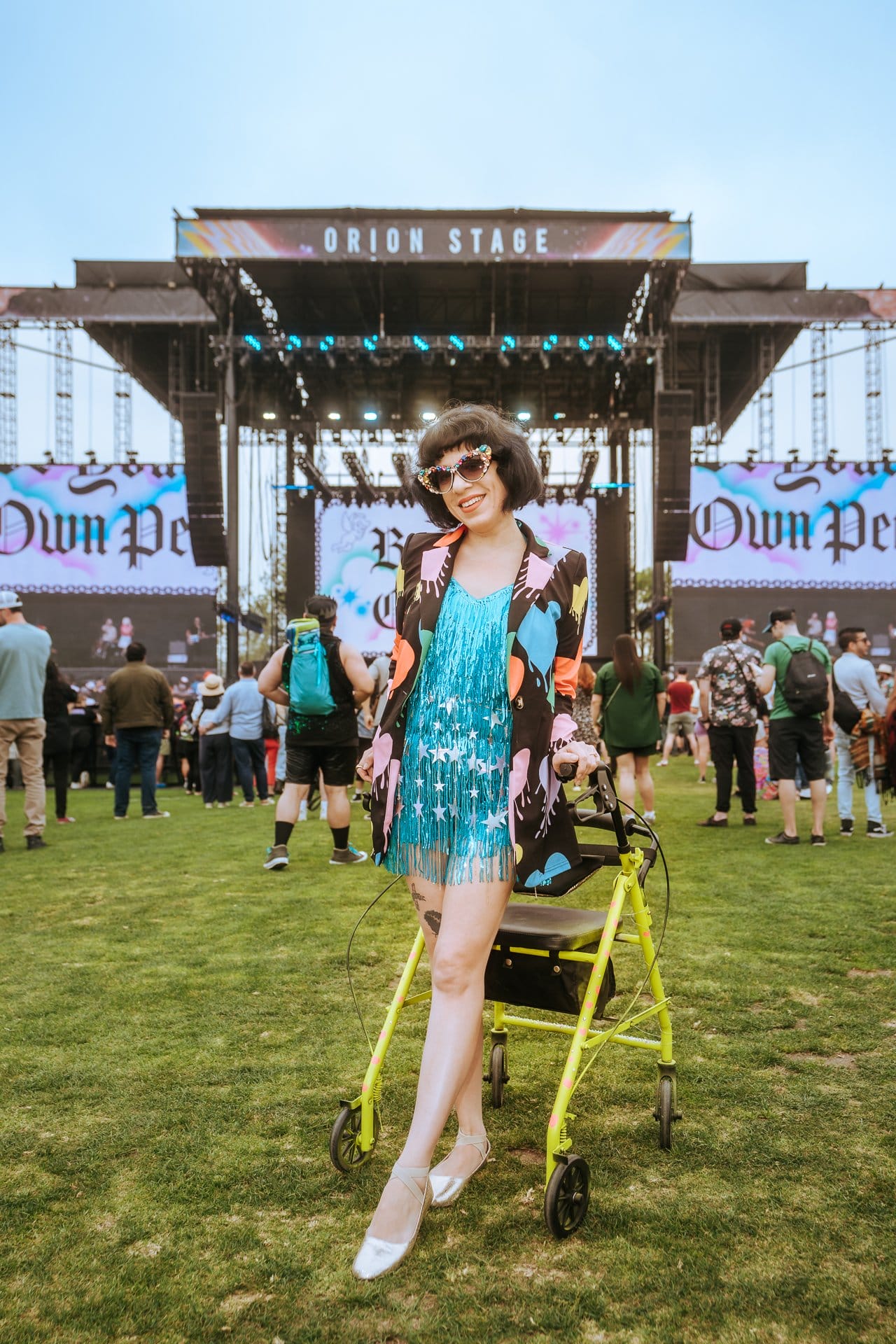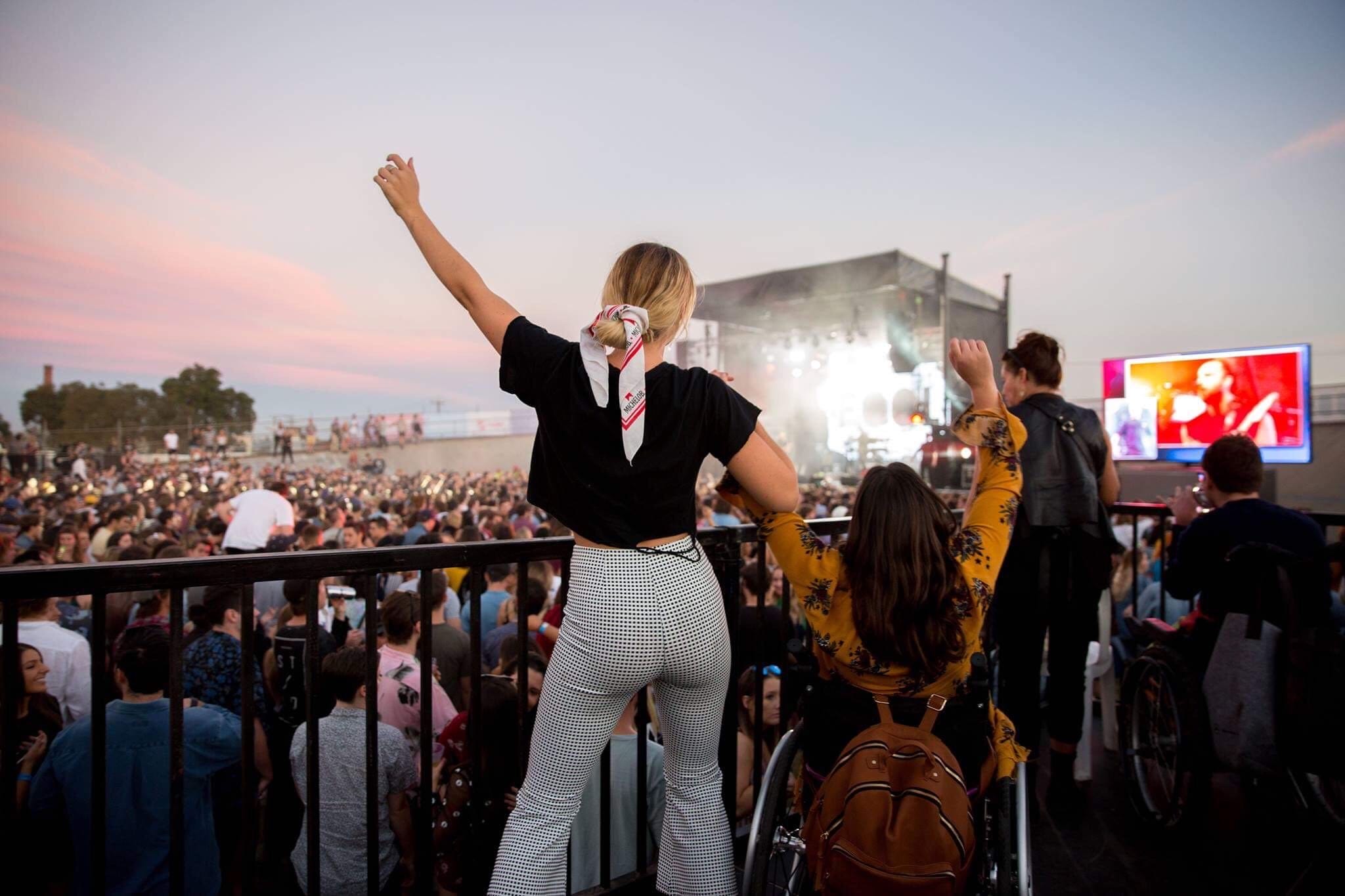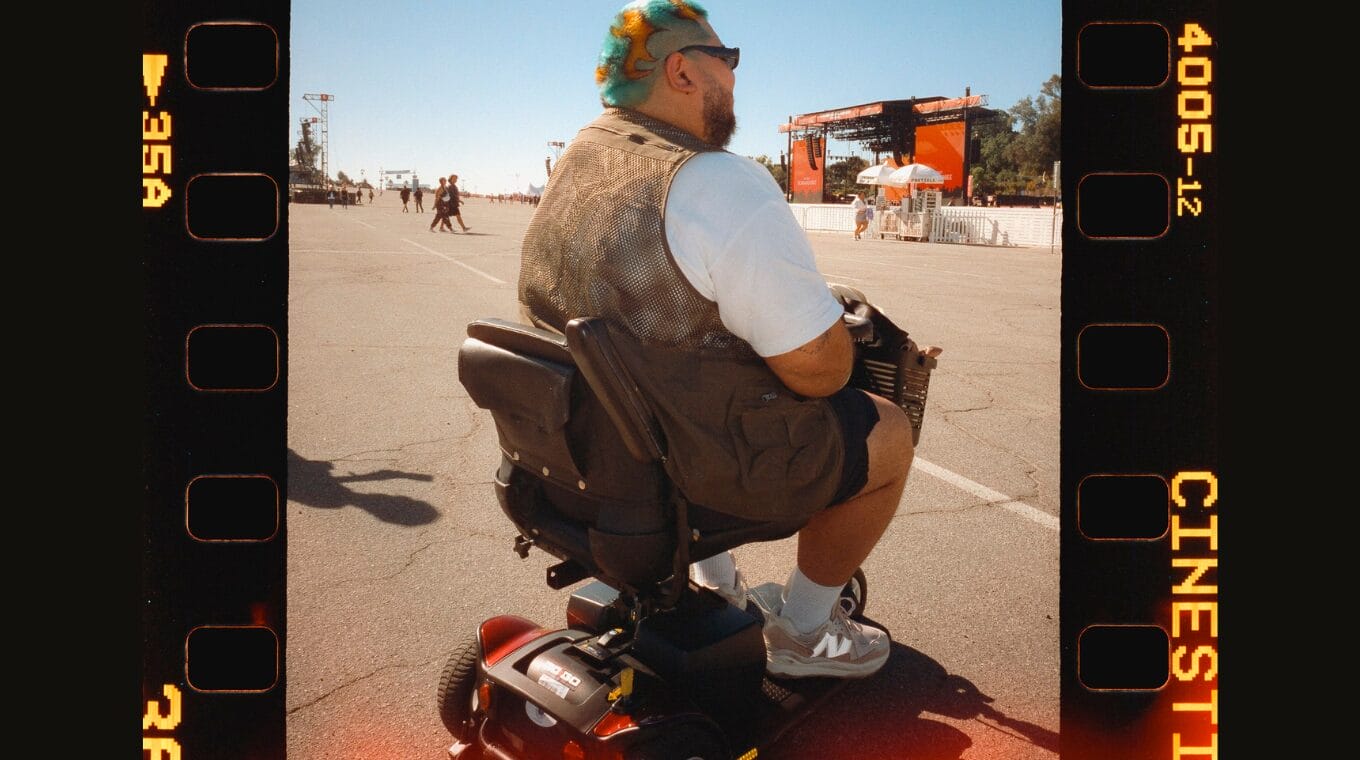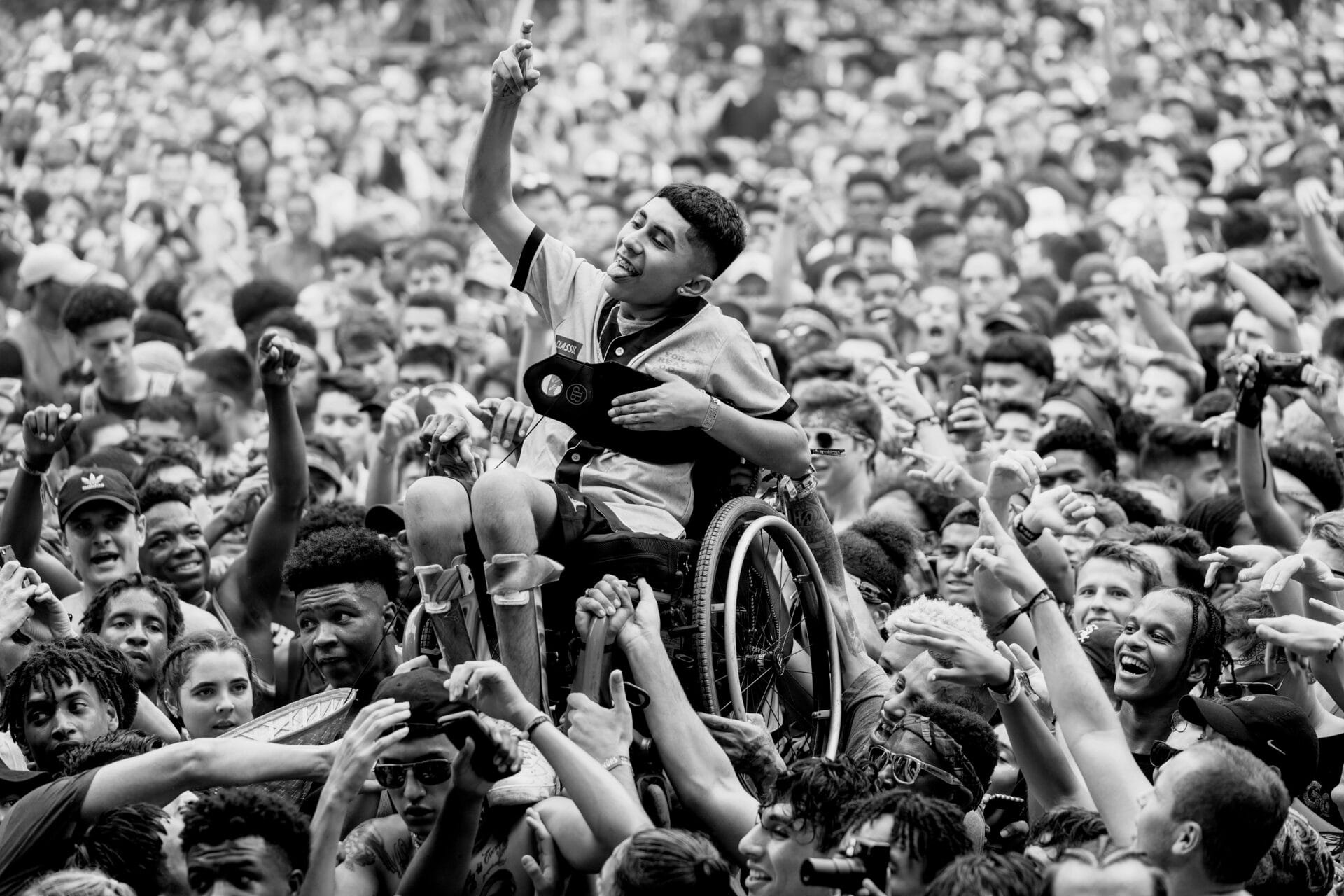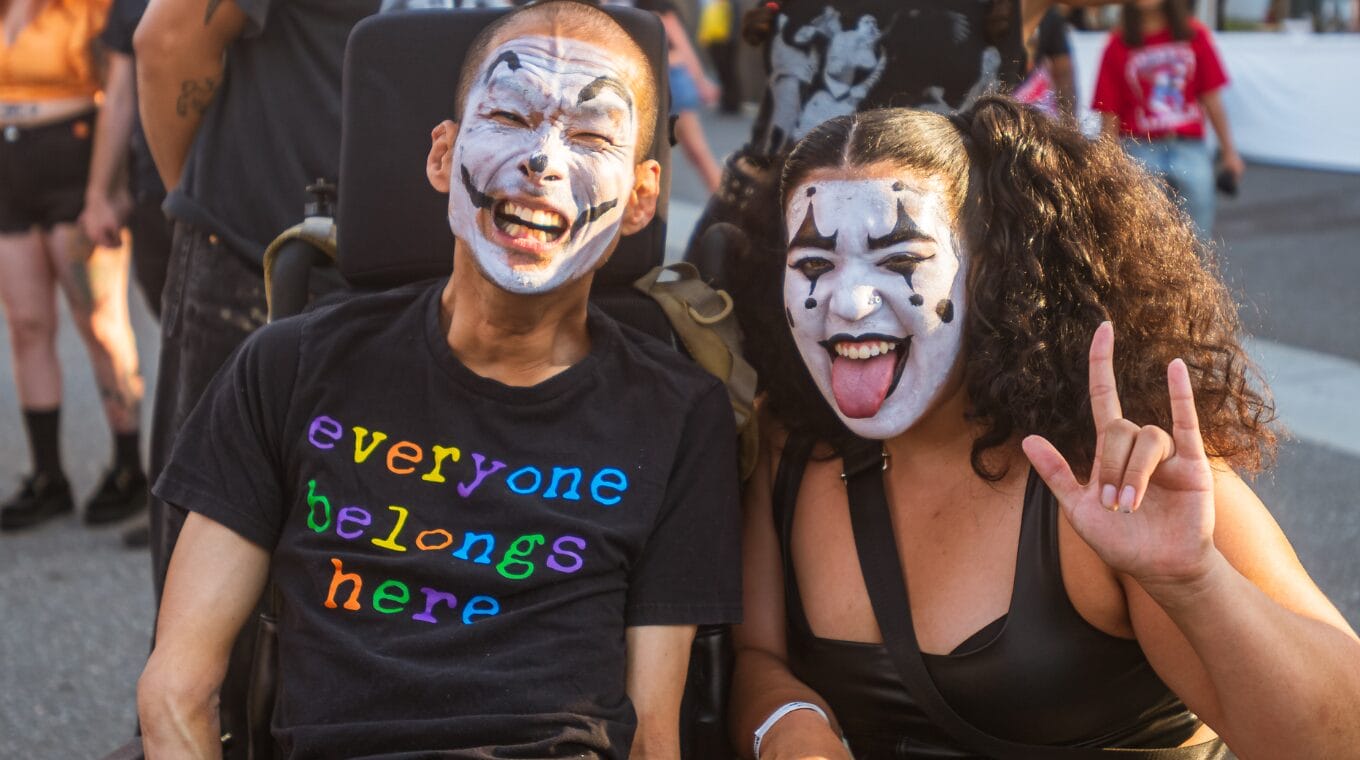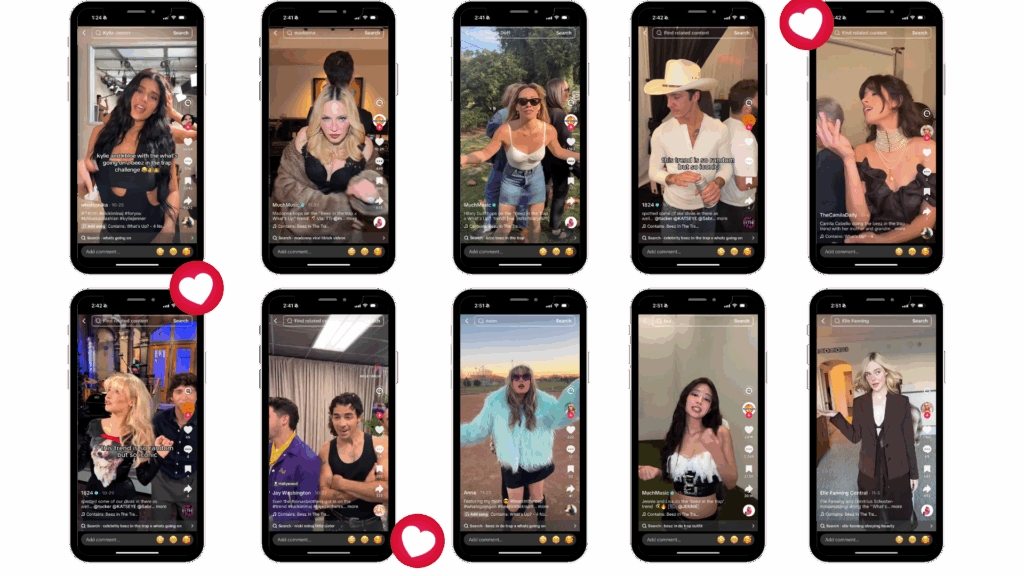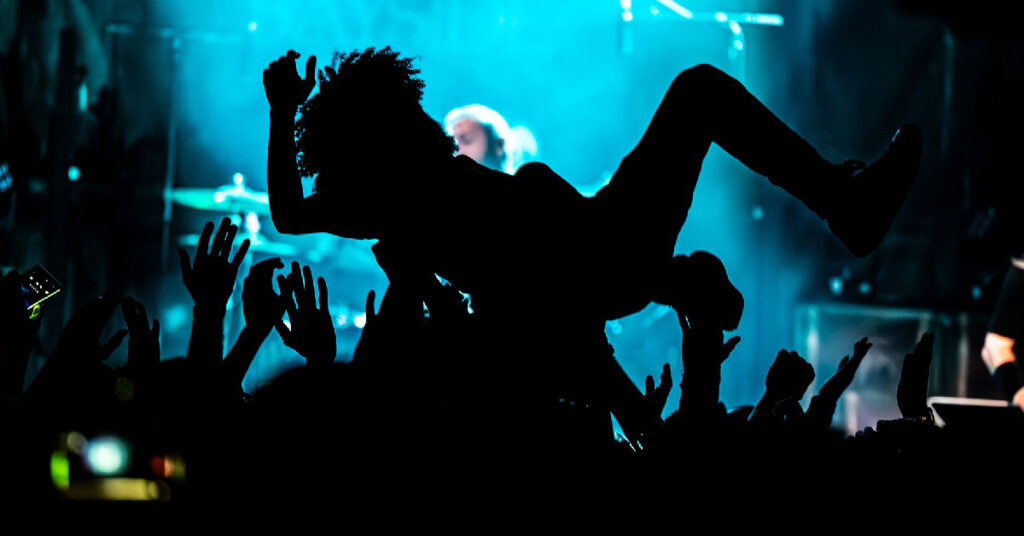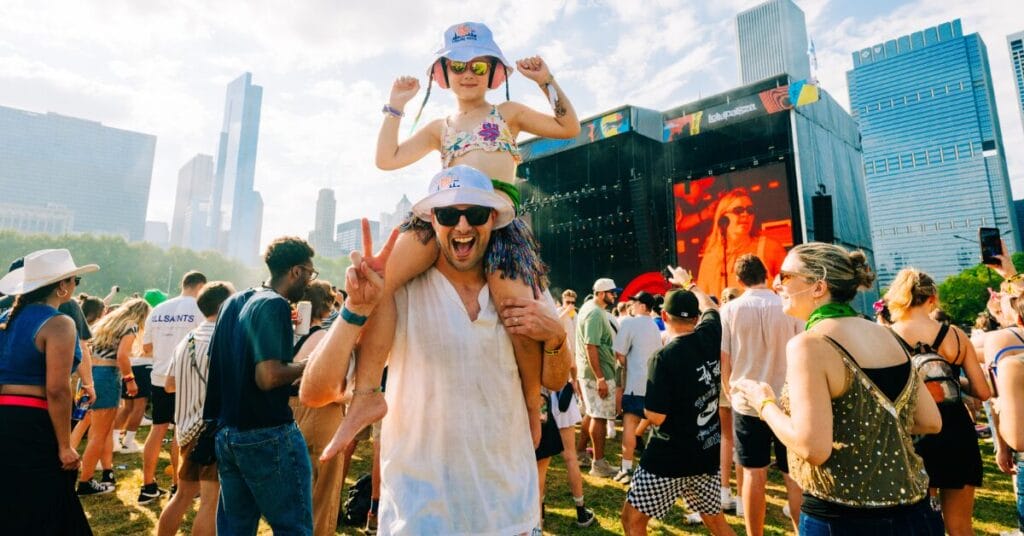How Brands Can Make the Fan Experience More Accessible

Making concerts accessible ensures that everyone has the opportunity to enjoy the show. Discover how thoughtful brand partnerships can break down barriers and enhance inclusivity at events.
Authored by: Julia Vanderput, Steve Raggiani, and Anna Haggerty
From Rihanna’s NFL halftime show to P!NK’s recent global tour, ASL interpreters have been making headlines at shows for their enthusiastic gestures and expressive movements. Meanwhile, artists like Coldplay are offering SubPac vests, sensory refuge stations, and touch tours for their fans who are deaf, hard-of-hearing, or blind or low vision. Festivals like Governors Ball offer sensory bags for those with sensory needs, equipped with noise canceling headphones, fidget tools, and verbal cue cards at no additional cost. And at Taylor Swift’s concerts, fans with disabilities receive a discrete sunflower lanyard that prompts employees to provide accessibility services without being asked.
As we look at many of the creative awards’ greatest winners, we see campaign after campaign demonstrating true impact for underserved populations. For example, FCB Canadas’ runner 321 campaign for Adidas centered on creating an iconic sports number for marathon runners with disabilities. SRMG created the Sound of the Flag initiative, the world’s first flag that allows attendees who are hard of hearing to experience the National Anthem through vibration and haptics. These brands affect a particular segment, but in doing so, the act generates buzz and earned media while reverberating the brand promise across consumer segments.
Live Music Experiences For Everyone
Music culture and live entertainment are rich experiences because of the variety of voices in them. They’re environments where authenticity is celebrated, and the connection we feel for the artists, the music, and the fans is intensely emotional. Equal access means more voices and experiences to celebrate.
Typically, once a brand campaign idea or concept is approved and brought to life, the accessibility team comes in to make the experience compliant with accessibility laws. That leaves more than 1 billion people worldwide with a somewhat afterthought live event experience. Brands have an opportunity to make these experiences more inclusive for people with disabilities.
And the opportunity to reach even beyond the segment of fans with disabilities is considerable. We spoke to our music fans and learned that when brands make an effort to be inclusive, fans have more brand love, a higher purchase consideration, and will even recommend the brand—especially amongst Gen Z fans.
3 Ways Brands Can Celebrate Disability Inclusion
1) Celebrate the special way in which fans with disabilities experience the world.
Accessibility is often a push to get people with disabilities to experience the world as non-disabled people. But what if we shared and celebrated how they uniquely experience the world with non-disabled people?
Technology for people with disabilities today can be an exciting experience, even for those without that particular disability. Haptic suits, for example, allow for a tactile experience of music that is novel for those with no hearing impairment and could be a buzzy experience offered by the many clothing brands today that promise inclusivity. People who are neurodivergent with sensory sensitivity might need special rooms or spaces for sensory breaks. Brands offering peaceful products and spaces or onsite mental health services can benefit from showing everyone that live events don’t need to be a highly stimulating experience and can be a calming experience rooted in connection.
Imagine If…
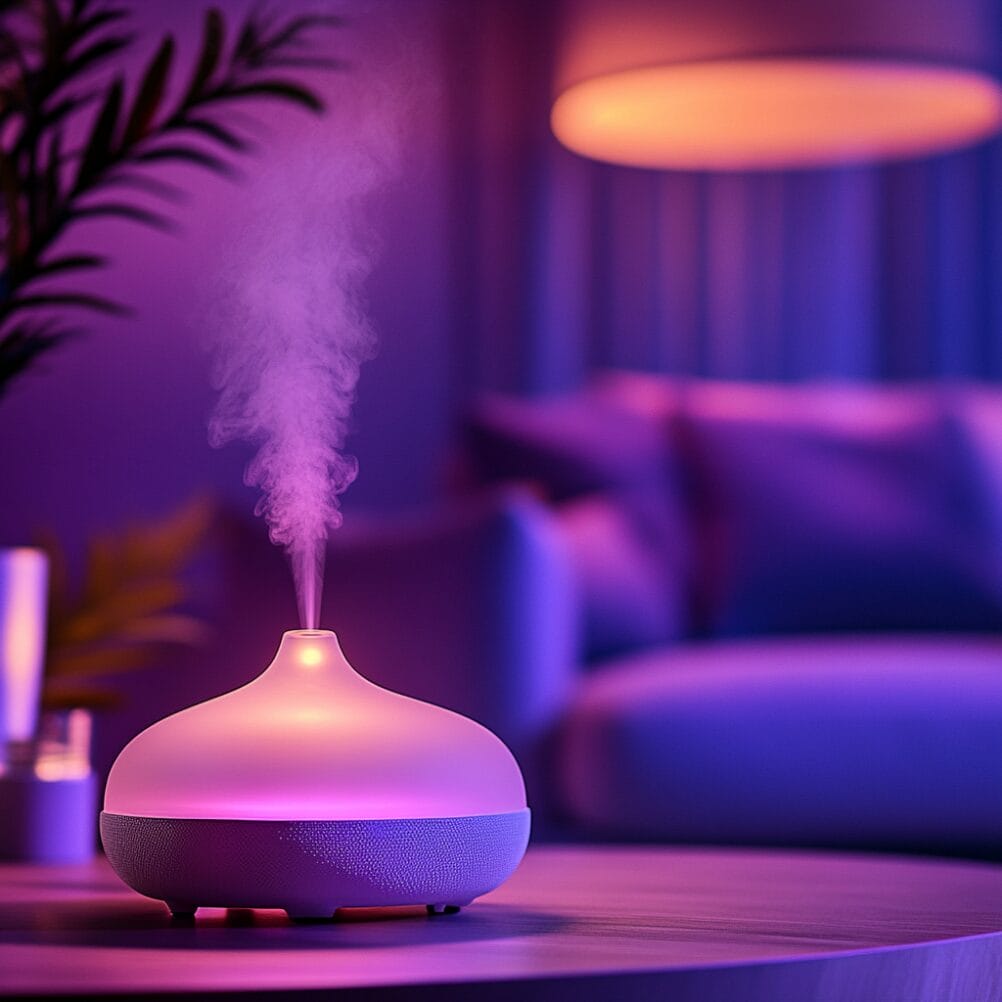
A brand created aromatherapy spaces meant to evoke certain feelings, emotions and experiences while creating a deeper memory through scent.
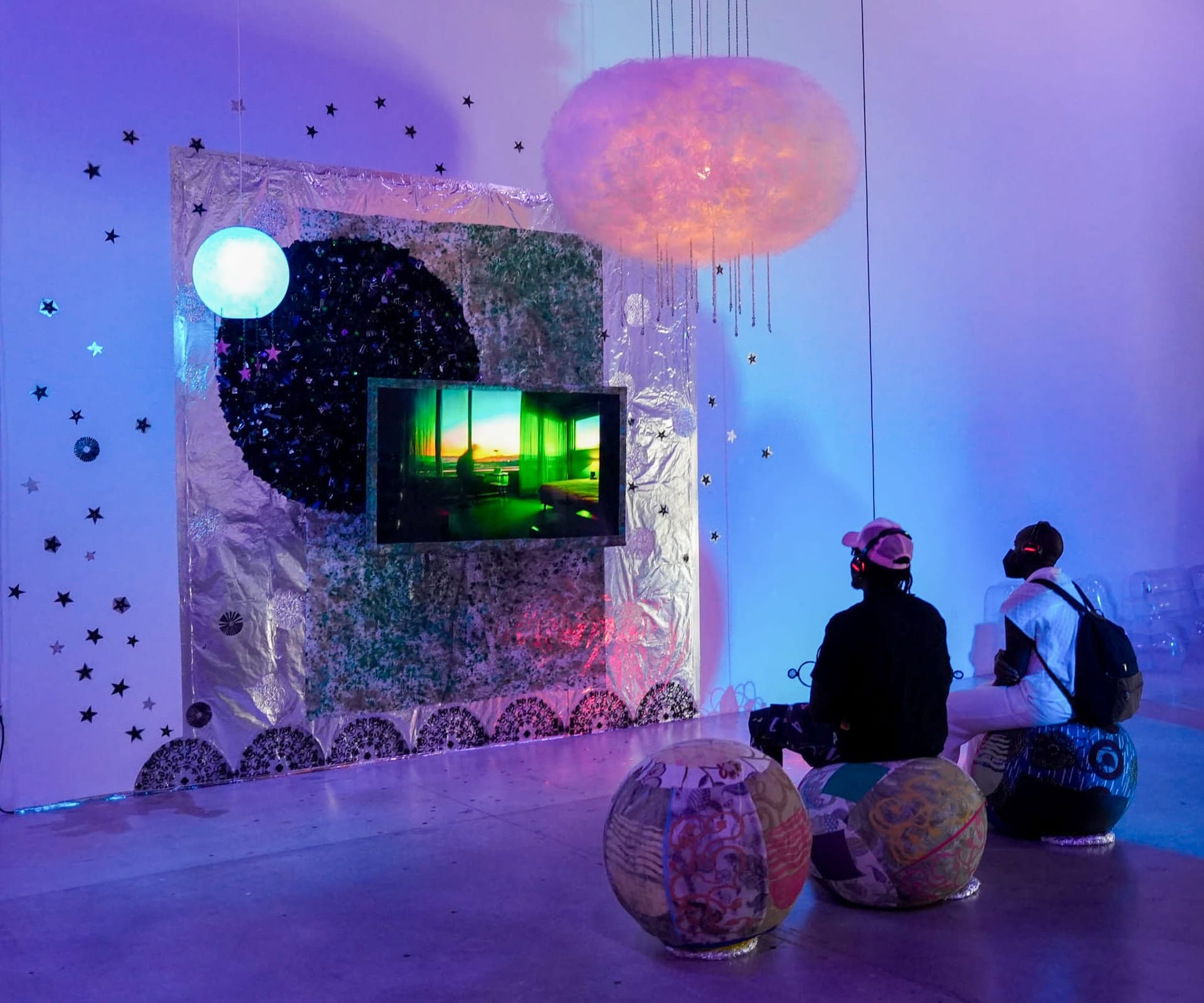
A streaming brand and home brand teamed up to co-design quiet rooms and portable sensory rooms that offer a calming environment for people who are neurodivergent. Paired with curated playlists that complement these spaces onsite and become a souvenir from the event.

A tech brand created augmented reality (AR) experiences incorporating American Sign Language (ASL) interpretations into live performances.
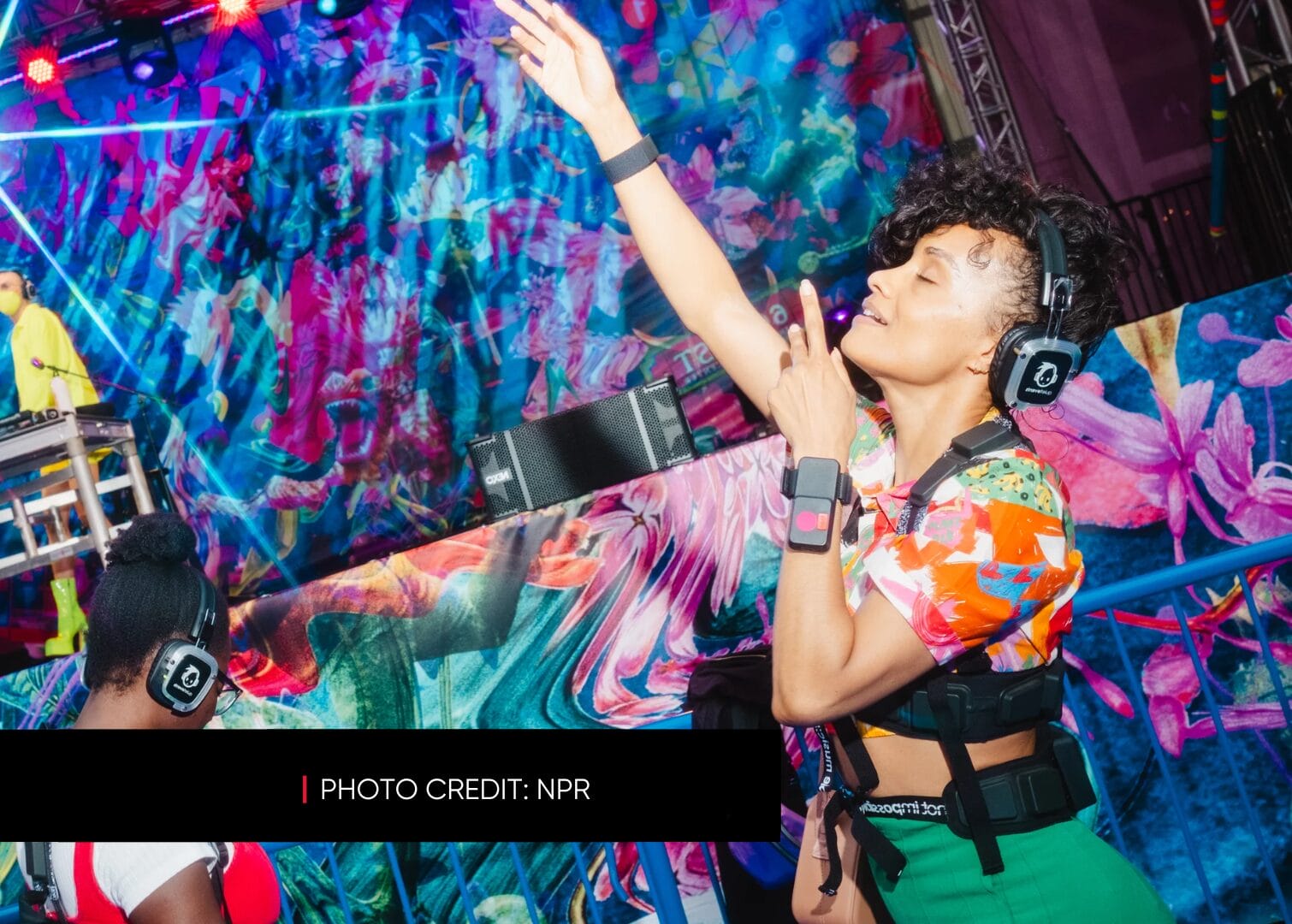
An apparel brand collaborated with a tech brand to develop a haptic suit, allowing festival goers to “feel” the music through vibrations and activating an entirely new experience.
2) Leverage Companions
For many fans with disabilities, a companion is vital to their experience. With the support of a companion, they may be able to move around with greater ease or receive needed medication. However, the typical experience for fans with accessibility needs is to bring one companion into a designated area, which means they must separate from a larger group of friends.
Some live events worldwide partner with volunteer companions, creating a unique learning experience for non-disabled people. This is especially true as younger people today increasingly attend live events hoping to learn about themselves. For brands promising connection, interdependence, and community, this is an opportunity to live up to their promise with an impactful experience that reverberates past the immediate beneficiary.
Imagine If…
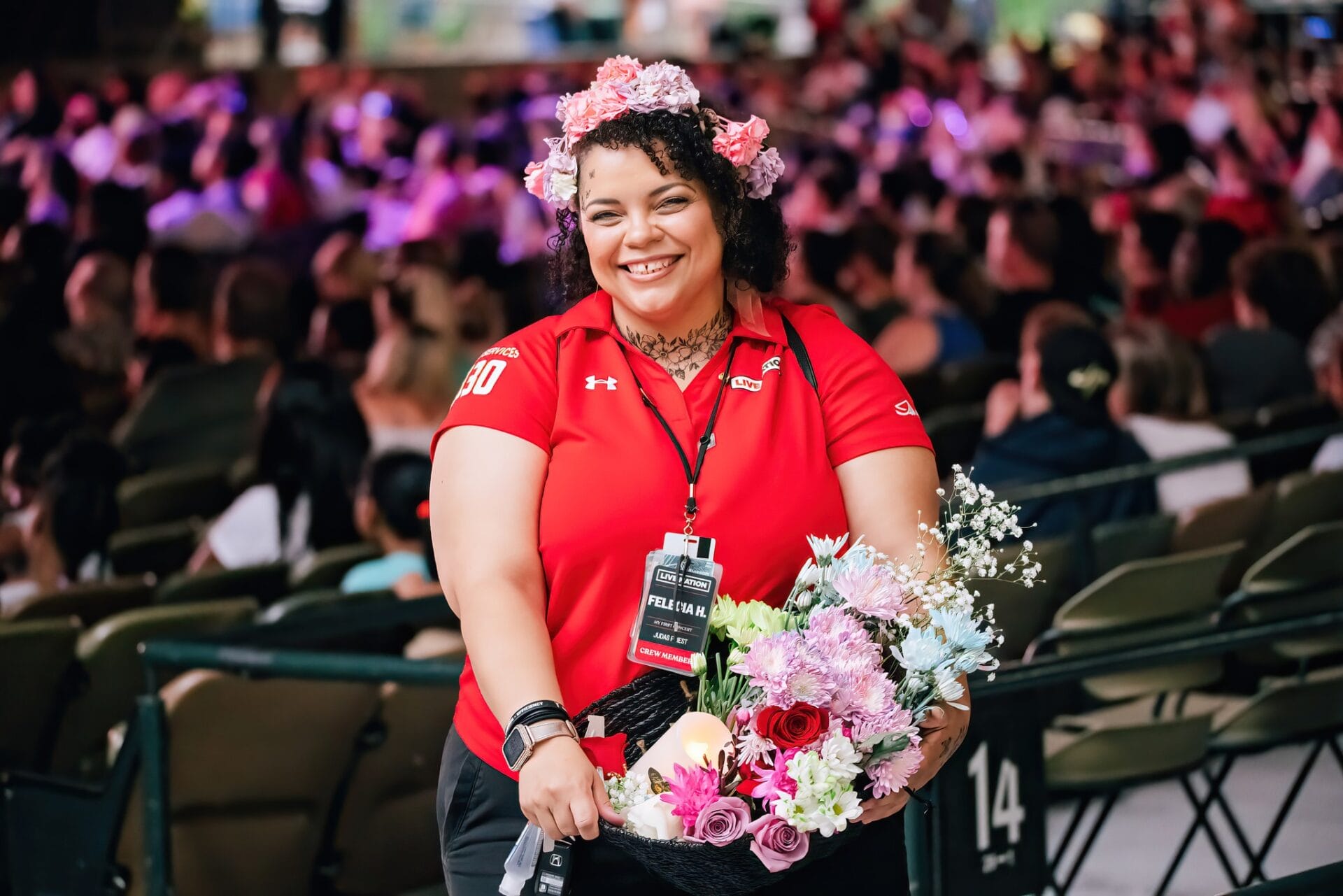
An insurance brand connected trained companions with fans with disabilities, providing comprehensive care.

A rideshare brand promoted its membership by showing how all its products give these fans access – from food delivery to their seat to a safe ride to and from the show.

A hotel brand offered concierge services beyond their hotel.

A brand elevated the existing accessible viewing areas to be more inclusive, where fans with disabilities can stay with their entire group of friends.
3) Build an information network
The time leading up to a live event is a moment of great anticipation and excitement for fans. This is when outfits are planned, friend groups coordinated and music discovered. For those people with disabilities, this is also a time of gathering information on what to expect for accessibility and how easy the experience will be to navigate. For many, this information can mean a lot of legwork to fill out forms or call numbers, and not all sources of information are consistent. This is an opportunity for a brand to create an information network that is helpful and builds a community. Roll Mobility is a community-driven accessibility tool with a map that shows businesses that have mobility accessibility and a crowdsourcing function that allows for a community to grow organically. Brands can leverage this point in the consumer journey with a more easeful transportation offer, travel accommodations, and one-stop digital information hubs to share trusted but otherwise hard-to-get-to information with people, much like Vaseline did with the See My Skin Library, which sought to eliminate the exclusion of people of color in skin health.
Imagine If…

A tech or navigation brand developed a comprehensive accessibility information hub integrated with venue information & disabled fan intel.

A rideshare brand promoted accessibile transportation to and from shows, giving fans more confidence that they can enjoy the show, too.
We’re hopeful that in the next year, we’ll do more work with our partners that drives impact for fans with disabilities because we know how deeply brands can forge connections with fans of all identities through this work. We can both be inclusive and celebrate the unique ways they experience live music. That’s really what live music is really about—connecting communities and celebrating the diverse voices in music culture.
